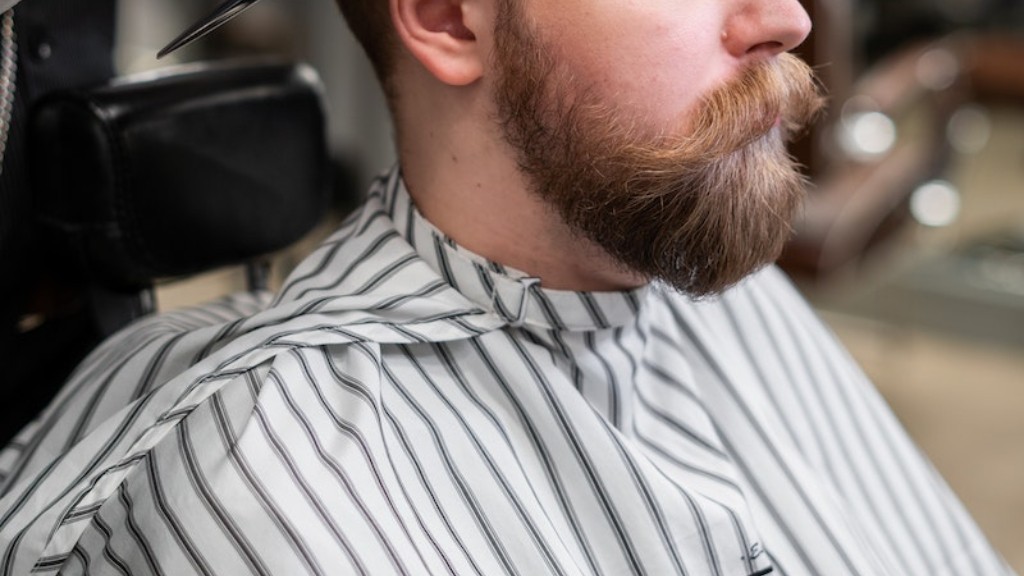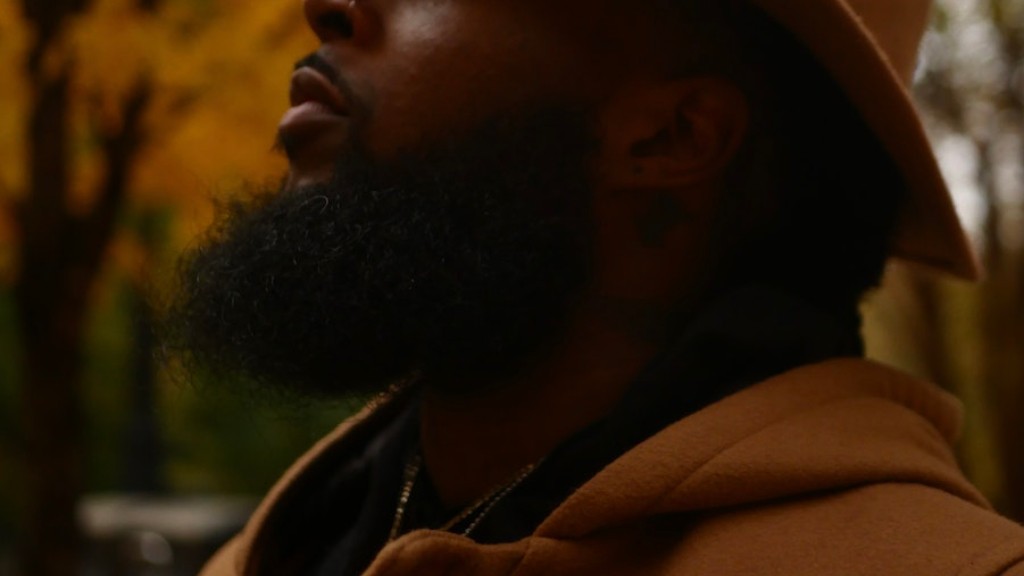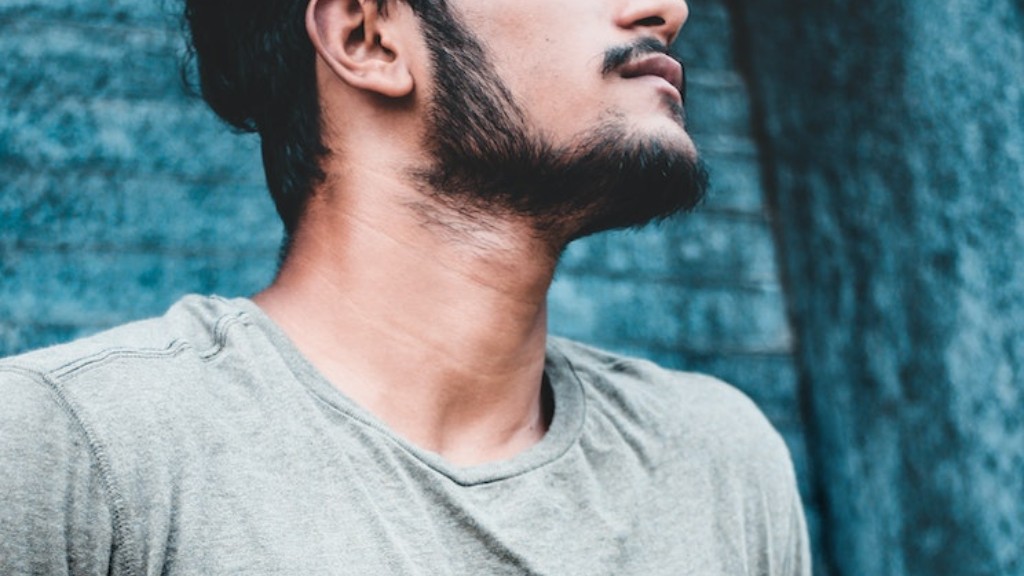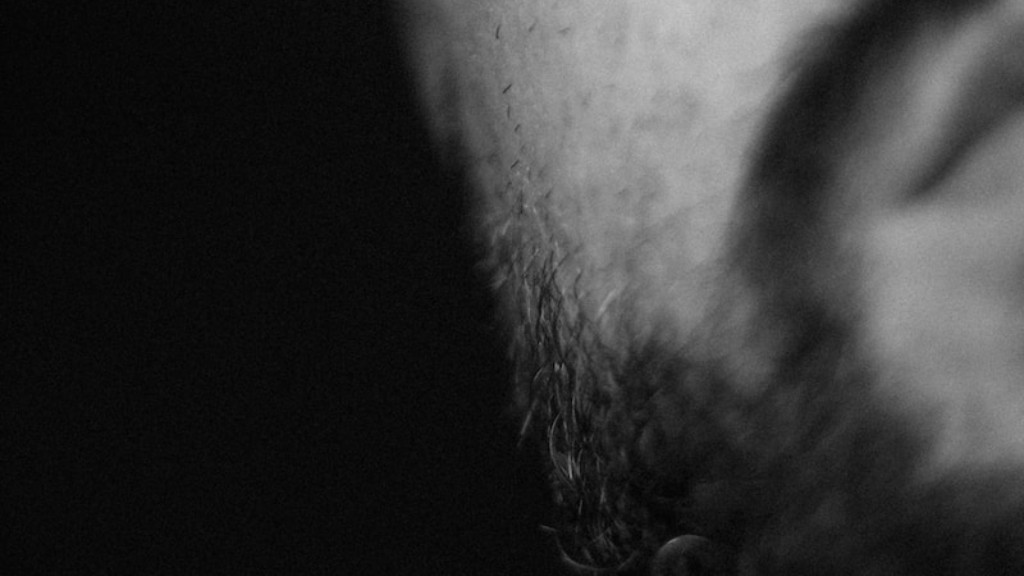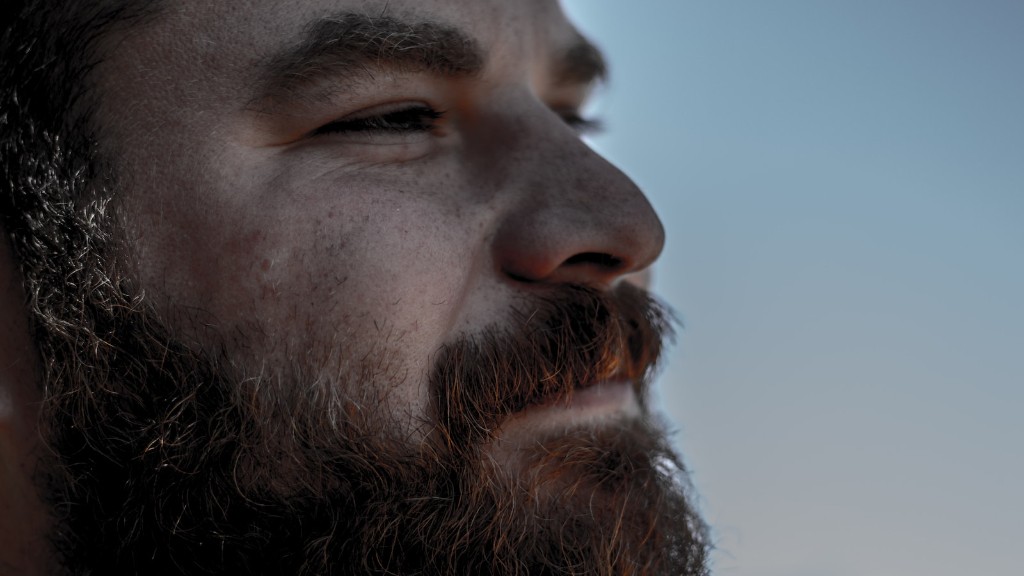Some people may be surprised to learn that female turkeys can have beards, just like male turkeys. Although beards are more commonly seen on male turkeys, Females turkeys can develop beards as well. Female turkeys with beards are not that common, but they do exist!
A recent study found that nearly 50% of wild female turkeys have beards.
Why does my female turkey have a beard?
Some male turkeys have beards, and some female turkeys also have beards. It is believed that the beard might influence mate selection by hens.
The turkey beard is not a reliable indicator of sex. Up to 10 percent of hens will have thin 6- to 8-inch beards. These hens represent a valuable segment of the turkey nesting population and hunters are urged to pass on them whenever possible.
How do you tell if a turkey is a male or female
The easiest way to determine a turkey’s sex is by examining the feathers on the breast and sides of the turkey. On males, these feathers have black tips. The feather tips are brown on females.
Turkey beards are an aesthetic feature that is believed to attract mates. They can grow to be about 12 inches in length and are more erect when a tom is aroused. The longer the beard, the older the turkey.
Can female turkeys look like males?
Female turkeys do not have the same elaborate tail plumage as their male counterparts. This is because the males use their tail feathers to attract mates, and the females do not need to be as flashy in order to find a mate. The females’ tail feathers are shorter and not as brightly colored because they don’t need to be.
While it is mostly male turkeys that have beards, a small percentage of female turkeys also have them. These beards are typically much shorter and less dense than those of the males.
Can turkeys change gender?
This is an interesting topic to explore, as it is not often talked about. It is insightful to note that male birds are the default sex, and thus, it is impossible for a male bird to ever become a female. This is due to the fact that avian sex transitions are rare and one-way. This is an interesting piece of information to keep in mind when thinking about the bird population and sex roles within bird society.
The topic is about turkeys and their spurs. 10-20% of turkeys have spurs, but they are much smaller than the spurs of gobblers. Less than 10% of hens have a single small spur. Bearded hens can reproduce and raise offspring.
What do you call a girl turkey
Adult female turkeys are called hens, and juvenile females are called jennies. Adult females usually average half the size of mature male turkeys.
The muscle tissue of all birds and mammals contains a protein called myoglobin, which binds oxygen in the blood and helps to deliver it to the cells. Myoglobin is what gives muscle tissue its red color. The amount of myoglobin in the muscle tissue varies from species to species, and even from one individual to another within the same species. For example, young animals generally have higher levels of myoglobin than older animals.
The color of meat also depends on how the animal was raised and what it was fed. Animals that are exercise more have higher levels of myoglobin. Animals that are fed a diet rich in beta-carotene (a yellow-orange pigment found in plants) will produce meat with a higher level of myoglobin and a pinker color.
Smoked turkey meat always has a pink color, even when cooked to a safe minimum internal temperature of 165 °F, because the smoke contains compounds that react with the myoglobin to produce a pink color.
The bottom line is that the pink color of turkey meat is not an indication of doneness. Use a food thermometer to cook turkey to a safe minimum internal temperature of 165 °F throughout the product, not just in the thickest part.
What does it mean when a turkeys head turns blue?
A turkey’s skin appears blue or white because of the way light scatters off of the collagen bands in the skin. When the turkey gets flustered, the blood vessels contract, exposing more of the collagen bands. This changes the way that incoming light scatters and reflects off of the turkey’s skin. It’s the same scattering effect that makes the sky appear blue but sunsets yellow or red.
It’s not uncommon for a wild turkey to have multiple beards, with estimates suggesting that less than 10% of toms sport more than one beard. This is according to Dr Mike Chamberlain, our favorite wild turkey researcher, from the University of Georgia. Having multiple beards is thought to be an advantage for wild turkeys, as it allows them to better attract mates and also provides better insulation during cold weather.
How rare is a double bearded turkey
The average gobbler has only one beard that continues to grow throughout their life. However, about two percent of gobblers have multiple beards. These multiple beards can be a genetic anomaly or the result of an injury. If a gobbler has multiple beards, it can make them more attractive to potential mates.
Females can very rarely have beards. This is usually due to a hormonal imbalance, but it can also be a genetic anomaly. Turkey can also be classified as juveniles or adults based on several features listed below.
Do female turkeys puff up like males?
While this behavior is usually associated with male turkeys, many people who keep turkeys report that females will also puff up. They’re especially inclined to do this if there are no males around, possibly as a way of establishing dominance in a group of hens.
While turkeys are considered polygamous breeders, toms typically mate with just a few hens while successful hens may mate with multiple toms. This is due to the fact that males establish a pecking order of dominance, with the most dominant male being able to mate with the most number of hens.
Warp Up
Yes, a female turkey can have a beard.
Yes, a female turkey can have a beard. While it is not as common as it is for male turkeys to have beards, it is not unheard of. Bearded female turkeys typically have shorter beards than their male counterparts, but the beard is still a prominent feature. If you see a turkey with a beard, there’s a good chance it’s a female!
